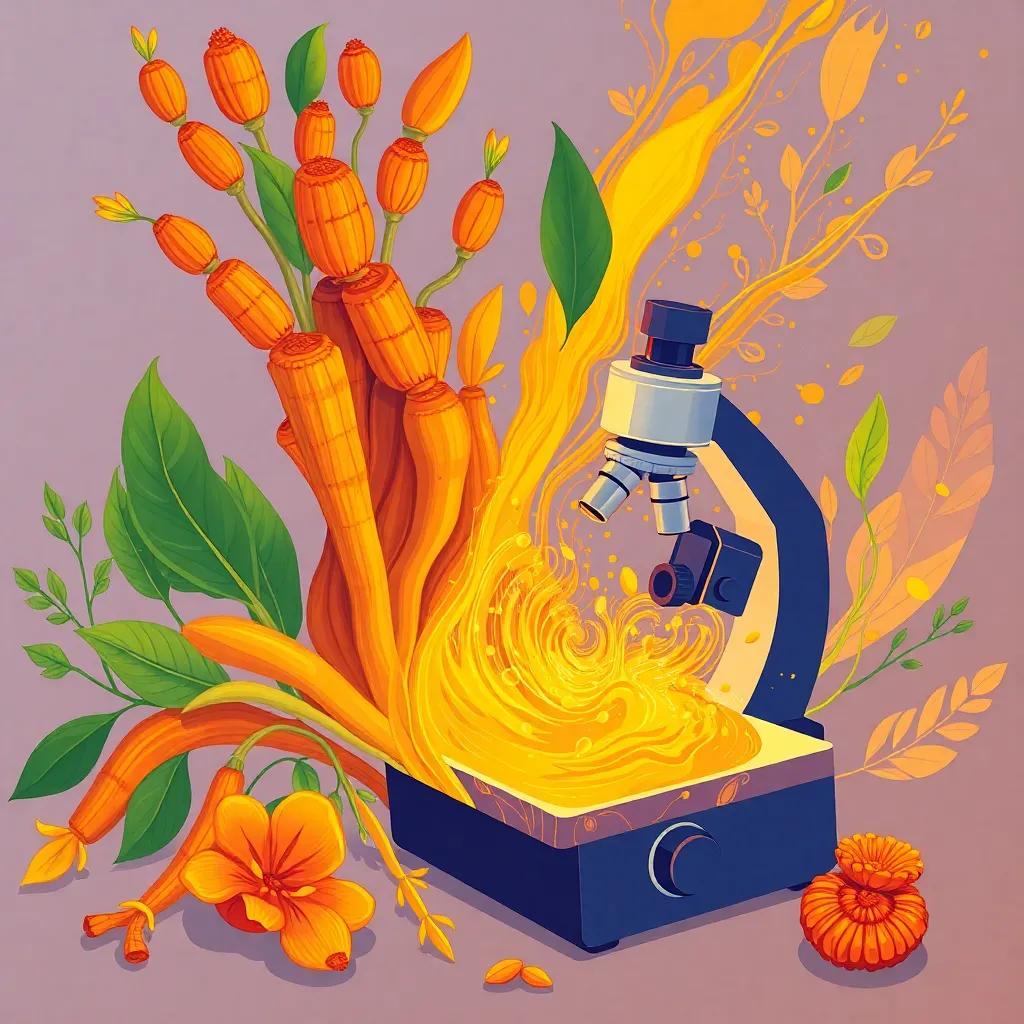Recent studies show turmeric and ginger dyes rival synthetic stains in diagnostic accuracy, but face fading issues. EU regulations push labs toward eco-friendly alternatives amid debates over standardization.
NIH-funded research reveals plant-based dyes match synthetic stains’ efficacy as new EU rules pressure labs to adopt eco-friendly alternatives, despite challenges in archival stability.
The Green Histology Revolution
A July 2023 NIH-funded study
published in Histopathology Today demonstrated turmeric-curcumin’s nuclear staining efficacy matches eosin in breast tissue analysis, achieving 89% diagnostic concordance among pathologists. Dr. Lena Müller from Charité Berlin notes: This isn’t just about color fidelity—it’s redefining toxicology thresholds in lab environments.
Regulatory Catalysts
The European Commission’s Regulation (EU) 2023/1412, enacted July 12, mandates full toxicity disclosure for synthetic dyes by 2025. This follows Sweden’s Karolinska Institute reporting 40% reduced wastewater contamination since adopting ginger-based stains for H. pylori detection in January 2023.
The Fading Challenge
While natural dyes show promise, a July 18 Lancet Microbe study revealed 30% faster chroma loss in archived samples. Siemens Healthineers’ new AI calibration software (launched July 19) aims to compensate through digital color stabilization across pH variances up to 1.8 units.
Global Supply Chain Dilemmas
At the International Histopathology Symposium in Berlin, Dr. Rajiv Kapoor warned: Developing nations face impossible choices—affordable synthetics versus sustainable alternatives that require $200k+ in lab upgrades.
India’s National Pathology Network reports 73% of rural clinics still rely on eosin due to cost constraints.
Historical Context: From Coal Tar to Curcumin
The shift toward plant-based dyes mirrors earlier transitions in histology. Synthetic stains dominated since the 1850s when German chemist Heinrich Caro developed aniline dyes from coal tar derivatives. The 1976 Toxic Substances Control Act first flagged eosin’s carcinogenic risks, yet alternatives remained niche until recent sustainability pressures.
The Standardization Paradox
Current debates echo 1990s arguments over digital pathology adoption. While natural dyes reduce environmental impact, their batch variability complicates diagnostic reproducibility. The FDA’s pending Natural Dye Act (2025 implementation) proposes strict spectrophotometric standards that 68% of labs currently lack equipment to meet, per a College of American Pathologists survey.




